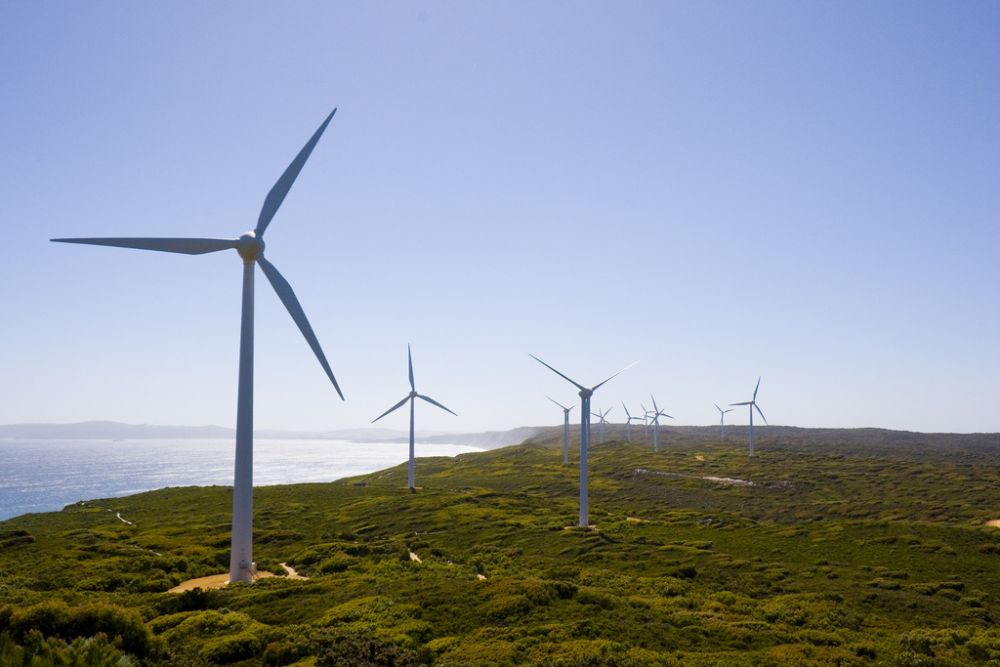2016 was a record-breaking year for renewables in Australia
Renewable energy sources provided a record share of Australia’s power mix last year, due to record rainfall and the completion of new wind and solar projects, according to a new report

Renewable energy sources provided a record share of Australia’s power mix last year, due to record rainfall and the completion of new wind and solar projects, according to a new report.
The report, Clean Energy Australia Report 2016, was published by the Clean Energy Council (CEC) and details that more than 17 per cent of Australia’s electricity came from renewable energy sources in 2016, a new national record.
In total, renewable energy provided 17.3 per cent of the nation’s power, the equivalent of powering around 8 million homes.
The previous record was reached in 2015, with renewables producing 14.6 per cent of the country’s electricity.
The surge in renewable energy generation was largely thanks to record rainfall in key hydropower catchment areas, and the completion of ten new wind and solar power projects.
Hydropower saw the most significant growth, increasing by 26 per cent year-over-year to account for 42.3 per cent of the total renewable electricity generated in 2016.
Hydro was followed by wind power, which generated 30.8 per cent of the total, with small-scale solar photovoltaics (PV) and large-scale solar accounting for 16 per cent and 2.3 per cent respectively.
Around 17,500 gigawatt-hours (GWh) of renewable energy was generated in 2016, Australia is aiming to produce 33,000 GWh by 2020.
According to the CEC, 2017 is likely to be “the biggest year for the industry since the iconic Snowy Hydro Scheme was finished more than half a century ago.”
Kane Thornton, Chief Executive of CEC, said: “While total investment in large-scale renewable energy was $2.56 billion last year, $5.20 billion worth of projects have secured finance in just the first five months of 2017 and have either started construction or will begin this year.”
Over 35 large-scale projects are already under construction or will begin construction this year.
Furthermore, large-scale solar has almost halved in costs since just a couple of years ago and will play a significant role in achieving the country’s Renewable Energy Target (RET), the report said.
Thornton said: “The changes that are happening across the country right now are extraordinary. Renewable energy is now the cheapest kind of new power generation that can be built today – less than both new coal and new gas-fired power plants. The price of gas in particular has skyrocketed.”
Employment in the sector is also likely to increase substantially in 2017, with the new projects adding up to more than $7.5 billion in investment and more than 4,100 additional direct jobs.
Thornton added: “Innovation continues right across the renewable energy supply chain and new technologies such as energy storage are beginning to get their time in the sun.”
Solar PV could provide 30 per cent of Australia’s electricity needs by 2030, according to the Australian Renewable Energy Agency (ARENA).
Total solar energy capacity in the country has now surpassed the 6 GW mark, enough power to meet the electricity needs of 1.3 million households.
To receive similar news articles, sign up to our free newsletter here.
